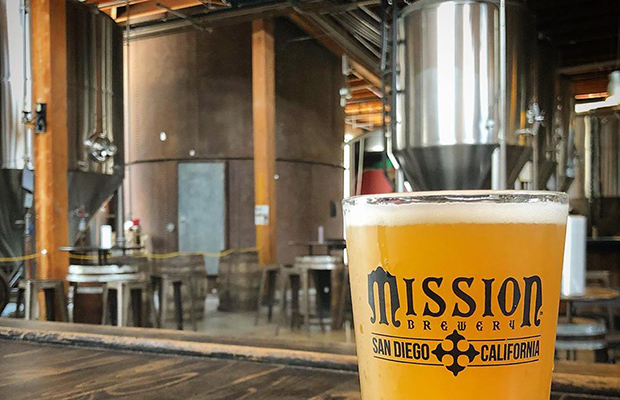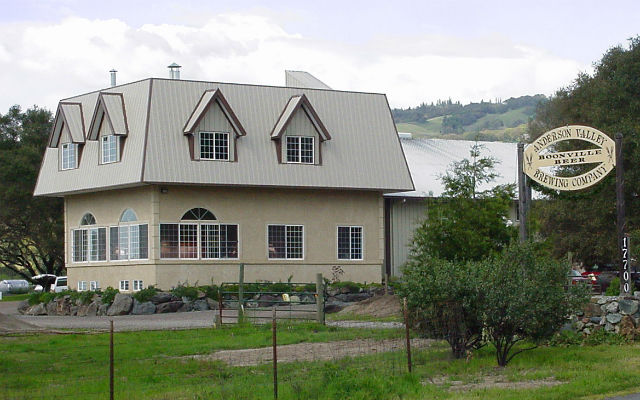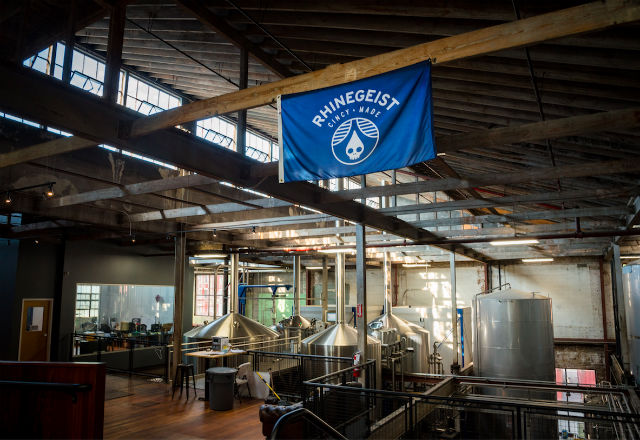
On-time, great quality, and inexpensive. You can’t have all three at the same time, most likely two of three is the best you’ll get.
For breweries, great quality is the top factor, so the price in ingredients often becomes the next key, and working on thin margins off sales means trying to find the best quality while not breaking the bank.
At one time, Mission Brewery had an overly complex spreadsheet to track inventory.
“It was difficult to track COGS by the barrel with any significant accuracy,” admitted Lead Brewer Jeremy Castellano. “With each batch having circumstances that result in different turn times, hop loads, and yields standard costing each beer was not overly accurate.”
Around a year ago the San Diego facility invested in Ekos software for costing and inventory tracking.
“While it’s by no means perfect, having a purpose-built program that can help us monitor these metrics has been key,” Castellano said, “and we’re seeing the program improve regularly as the team fixes bugs and adds features.”
Using a program like Ekos’ inventory system means that various roles can be assigned to each account. This has allowed Mission to offload basic inputs, such as brewing raw material uses, wort/bright beer yields, and packaging statistics to the brewers and packaging supervisors while allowing management to still have control and oversight of bigger picture items such as tax reporting and production planning.
The Novo Brazil team works closely together, in all areas to try to lower the COGS whenever possible if it won’t jeopardize the quality of the product.
“We share information and feedback all the time so that everyone can be involved in pretty much everything,” said Finance Director Gustavo Zuquim.
Doing the math and figuring out COGS is still a part of Bret Kollmann Baker’s job as chief of Brewing Ops for Cincinnati’s Urban Artifact.
“We aren’t quite big enough to separate this out,” he said. Kollman Baker tracks all the cost of goods for new beers and monitors pricing for existing goods.
“It comes down to a couple things for us,” he said. “First, Price largely doesn’t matter for the COGS of new recipe development. Buy the ingredients you need to make the best beer possible and charge what you have to charge to make money.
Once the beer becomes established, that’s when you can start negotiating better prices with your suppliers.
“It’s hard to stand on strong ground when you’re doing a one-off, but when that chamomile beer takes off, it’s all of a sudden way easier to negotiate a deal given the increase in your usage,” Kollman Baker said. “And the benefit here is, you already priced your product appropriately, so the savings are all directly helping the bottom line.”
Photo by Mission Brewery




Be the first to comment